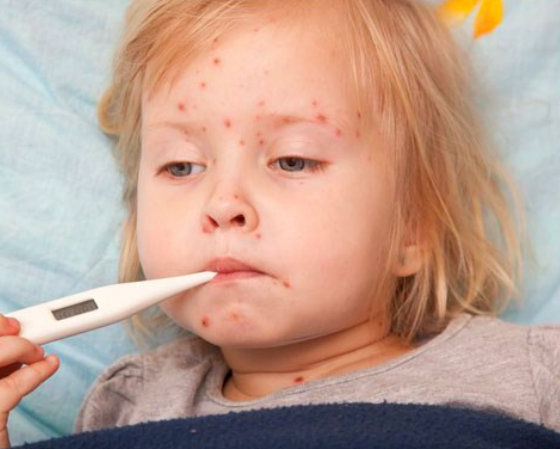
Caused by a virus, it spreads through sneezing, coughing, or coming in contact with an infected person’s bodily fluids making it easy to go from child to child. However, while it can be annoying, it is better for your son or daughter to get it now rather than as an adult.
How to tell if they have the virus
The most obvious way to tell your child has the virus is keep an eye out for itchy spots or blisters all over their body. However, some people may only have a few spots or blisters all over their body, so it is important to keep a look out for other symptoms: headache, fever, feeling tired, bumps, blotchy skin or scabs.
Helping them cope
Chickenpox will typically go away on its own after about a week or two, but there are few things you can do in the meantime to help your youngster feel better.
- Give them plenty of fluids.
- Make sure they get lots of rest.
- Pick up a lotion in the pharmacy to help ease the itch.
- Put a cool cloth on the rash to help with the itch.
- Give them a bath everyday to help them feel less itchy.
- An over-the-counter pain reliever to help to ease any fever.
- Keep nails short so they can’t scratch.
- Put gloves on them and if they really need to, get them to rub the itch rather than scratch it.
When can they go back to preschool?
It is important you keep your child out of school for at least five or seven days after the rash has appeared. Make sure you inform the teacher that they had the chickenpox so that they can make any at-risk person (pregnant women, kids with low immune systems babies under four weeks) aware of the situation.





